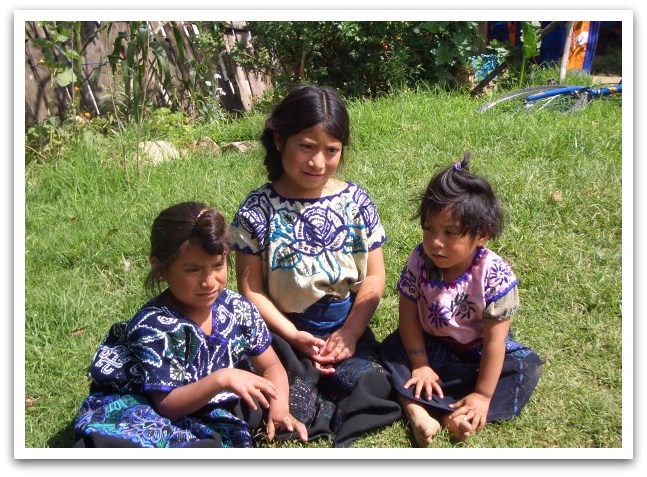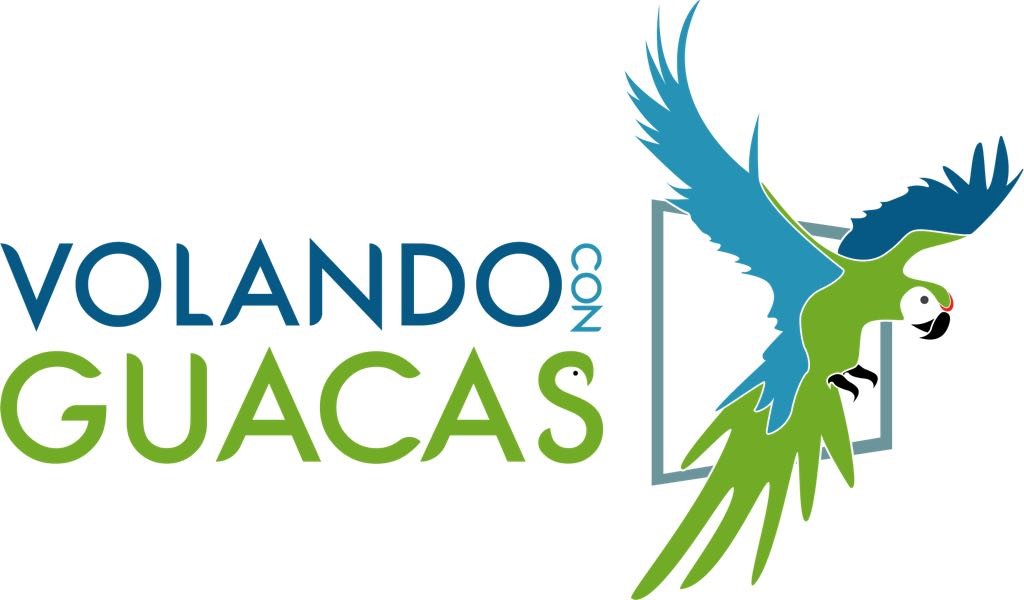
LANGUAGE & PHRASEBOOK
Así se habla – This is how we speak in México
Official Language
The only official language in Mexico is Spanish. Globally it is second only to Mandarin/Chinese and is spoken by over 470 million people as a first language. It is part of the Ibero-Romance group of languages and is characterized by a two-gender noun system and about fifty conjugated forms per verb. It is a beautifully expressive language, though it can be challenging to remember all of the conjugations. Due to its proximity to the US, the Spanish spoken in Mexico has its own quirks and sub-form of the language known as “Spanglish”, which is even the title of a Hollywood movie with Adam Sandler.
We have put together a small language guide for you with the most important words an phrases to make your mexican vacation easier.
 Indigenous Languages
Indigenous Languages
In 2003 a total of 62 indigenous languages were recognized as national languages. Of these the most widely spoken indigenous languages are Nahuatl of the Aztec Empire and Mayathan of the Yucatán Peninsula.
In the german language they even adopted a few words of Nahuatl such as tomato and chocolate. (Nahuatl- tomatl & xocolatl).
In 2005, the “Commission for the Development of Indigenous Peoples” conducted a study that states approximately 6 million Mexicans speak an indigenous language. Accordingly, of these 6 million Mexicans who speak an indigenous language, 15% do not speak Spanish at all. The Mexican Ministry of Culture organizes the languages spoken in Mexico into eleven language families, 68 linguistic groups and 364 dialects. Many of these dialects and language families are threatened with extinction. This is because the languages are often only spoken by the older generations. As the older generations begin to die without passing along their language, then the language is threatened with extinction. According to the Ministry of Culture, two variants of the Otomi language and five types of the Zapotec languageas well as the Awakateko and Ixill are threatened. In order to prevent the extinction of these languages, interpreters and translators are being trained and the languages are being preserved in dictionaries and texts.
In Chiapas and Yucatan schools and universities are offering instruction and courses on the Maya language. The preservation of indigenous languages is a cultural asset and the responsibility of future generations. If you take a trip through the Yucatan you will notice how alive the language of the Maya is and how proud the people are of it.
English & Other Languages in México
English is spoken quite fluently throughout Mexico. Many Mexicans have family in the USA and due to the proximity of this economically important neighbour many people work in factories or plants with ties to the USA or have studied there. Hollywood movies and television shows are very rarely dubbed, but rather are shown in English with Spanish subtitles. Most Mexicans speak at least a little bit of English and are happy to practice with foreigners.
Other European languages such as German or French are still not as common and usually only spoken in hotels or tourist centers. There are some small focused places in Mexico with a high number of foreigners such as the nearly 80,000 German-speaking Mennonites found in Chihuahua or the town of Chipilo, Puebla where the Venetian language is still spoken and the culture of their Italian ancestors is still very much alive.
In larger cities such as Mexico City, Monterrey or Guadalajara there are even communities of Arabic, Chinese and some African cultures.
Even though you can use English in Mexico, it is always a welcome advantage to have a basic knowledge of Spanish or at least a few sentences. You should know that Mexican Spanish, compared to the Spanish from Spain, is easier to understand in pronunciation and emphasis. However, there are of course some expressions of coloquial language that you will only understand in Mexico.




